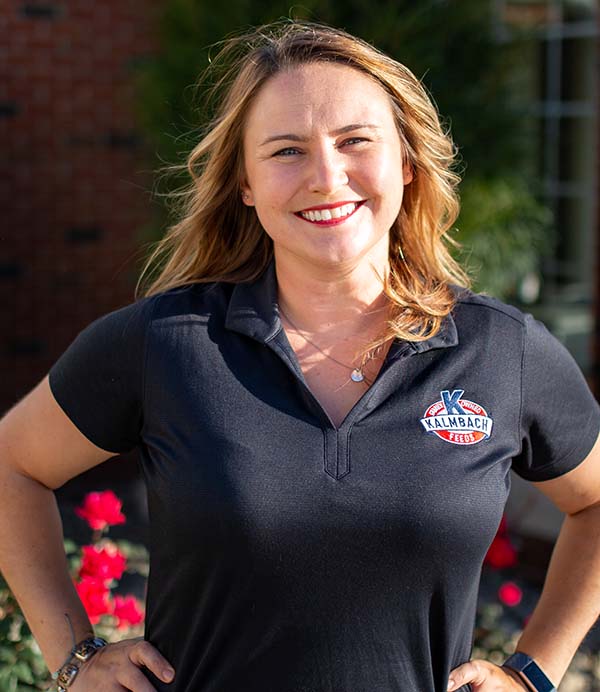How to Feed Ewes Through Breeding, Pregnancy and Lactation

Raising sheep can be a very rewarding venture and there’s nothing quite like a barn full of lambs. There are a few things that every shepherd/ess needs to know before they dive into lambing. This article will provide you with an easy reference for facts about breeding and feeding recommendations for each stage of reproduction.
The Basics of Sheep Reproduction
Most sheep are seasonal breeders. This means that their fertility increases when the length of days begins to shorten in the fall. The most natural time for breeding is during October and November and the average gestation takes around 21 weeks. By these dates, lambing season starts at the end of February, when breeding on a natural cycle. It is important to understand the differences between the breeding, pregnancy, and lactation phases, as the ewe’s nutritional requirements change.
Genetic selection is also extremely important when getting into breeding animals. You will want to choose animals with correct confirmation and breeds that have the attributes you are looking for. If you choose to cross breed, you will want to select breeds that will compliment each other well and a ram that will not cause lambing trouble for the ewe. Young ewes should weigh at least 70% of their mature weight at breeding.
Feeding Through Breeding and Early Gestation
Making sure that breeding ewes are getting all the nutrients that they need should be top priority during breeding season. Successful breeding seasons are built on solid nutrition. Vitamin and mineral deficiencies can decrease both conception rates and the overall health of your herd. Keeping a free choice mineral available is recommended, especially in group feeding situations, to make sure that everyone is getting their nutritional needs met.
Through breeding season and into early gestation, pasture quality is minimized and hay and feed supplementation is necessary to maintain body condition and adequate nutrition. A fortified complete feed or a supplement that can be mixed with grain on-farm will help optimize condition and production.
Feeding Through Late Gestation
Unborn lambs grow the most during the final trimester of gestation. Maintaining and not over-feeding the ewe will help ensure that the lamb(s) don’t grow too big, too quickly. The same types of feed from early breeding and gestation can be used for this phase of parturition, as well. Switching to a higher quality forage can also help ensure that the ewe is getting the energy she needs during this final phase.
Feeding Through Lactation
As ewes begin lactating and putting more calories into milk production, it is most important to make sure that they are getting enough energy in their diet. Younger/growing ewes and ewes rearing multiple lambs will require more than mature ewes rearing single lambs. Maintaining ewe condition is important for maintaining milk production. Utilizing creep feeders will also help to provide baby lambs with supplemental feed early on. This also helps minimize the burden on the ewe. A creep feeder is designed to allow lambs access to feed, while the ewe is kept separate. Lambs can start nibbling on creep feed as early as 10 days of age. As they start to eat more feed, they will begin to consume less milk and will be ready to wean off the ewe anywhere from week 12 to 14.
If you have any questions, please contact us today for help with your feed program!
